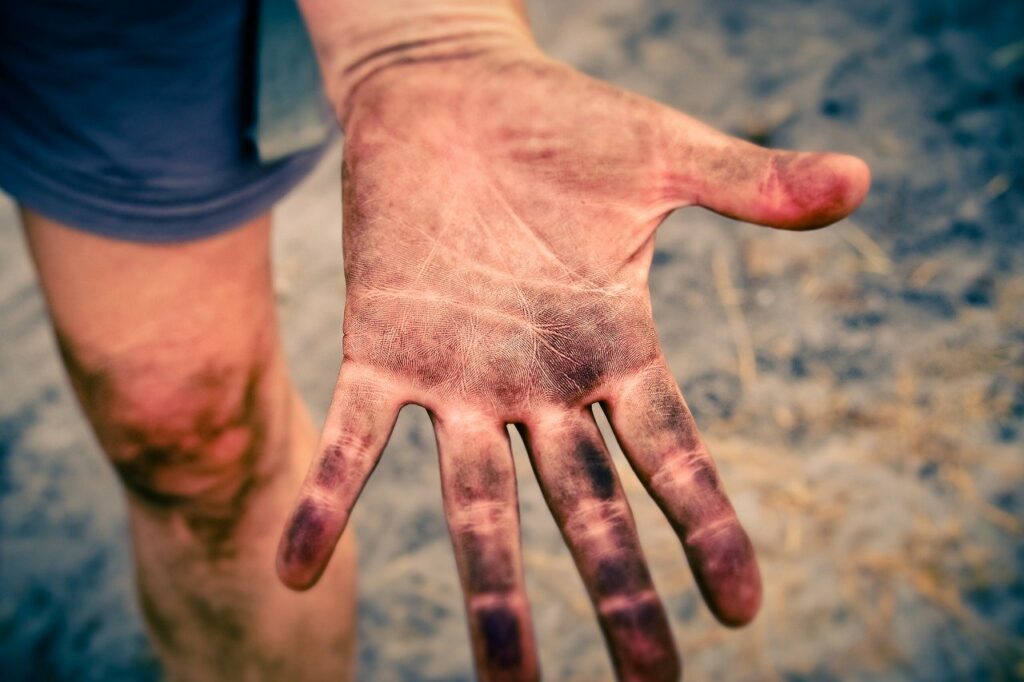
A team of researchers at the University of British Columbia has shown for the first time that soil silicates promote blood clotting, rapidly closing potentially deadly wounds.
“Soil is not simply our matrix for growing food and for building materials. Here we discovered that soil can actually help control bleeding after injury by triggering clotting,” Dr. Christian Kastrup, associate professor of biochemistry and molecular biology at UBC and the study’s senior author, said in a statement.
When soil interacts with blood, it triggers the activation of a protein known as coagulation Factor XII. The protein enables a chain reaction that eventually seals the wound and limits potentially fatal blood loss.
Death from blood loss can occur in as little as five minutes following trauma. A study performed by researchers at the Uniformed Services University of the Health Sciences in Bethesda, Maryland estimated that about 500 people in the United States die every year from external hemorrhage.
“Excessive bleeding is responsible for up to 40 percent of mortality in trauma patients. In extreme cases and in remote areas without access to healthcare and wound sealing products, like sponges and sealants, sterilized soil could potentially be used to stem deadly bleeding following injuries,” says Dr. Kastrup.
Don’t try this at home
This doesn’t mean that you can just throw a handful of dirt on a bleeding wound. Unsterilized soil presents a great risk of infection, which could make matters a lot worse. Tetanus and soil fungus infections are well known to happen when a wound is filled with dirt. It’s one of the reasons a doctor will first clean a wound before applying medicine and a bandage.
However, the findings could have important implications for how wounds are treated in a hospital setting or even on the battlefield. Doctors could use sterilized dirt to manage bleeding and even learn new things about how infections occur after trauma.
Particularly, sterilized dirt could prove very effective in remote environments with limited resources and medical supplies. Poor and remote regions of the globe come to mind, but the researchers believe that sterilized dirt could prove indispensable in managing wounds occurring on other worlds too, such as injuries sustained by astronauts on the moon or Mars.
“This finding demonstrates how terrestrial mammals, ranging from mice to humans, evolved to naturally use silicates as a specific signal to Factor XII to trigger blood clotting,” says Lih Jiin Juang, the study’s first author and UBC PhD student in the department of biochemistry and molecular biology. “These results will have a profound impact on the way we view our relationship with our environment.”
The findings appeared in the journal Blood Advances.



